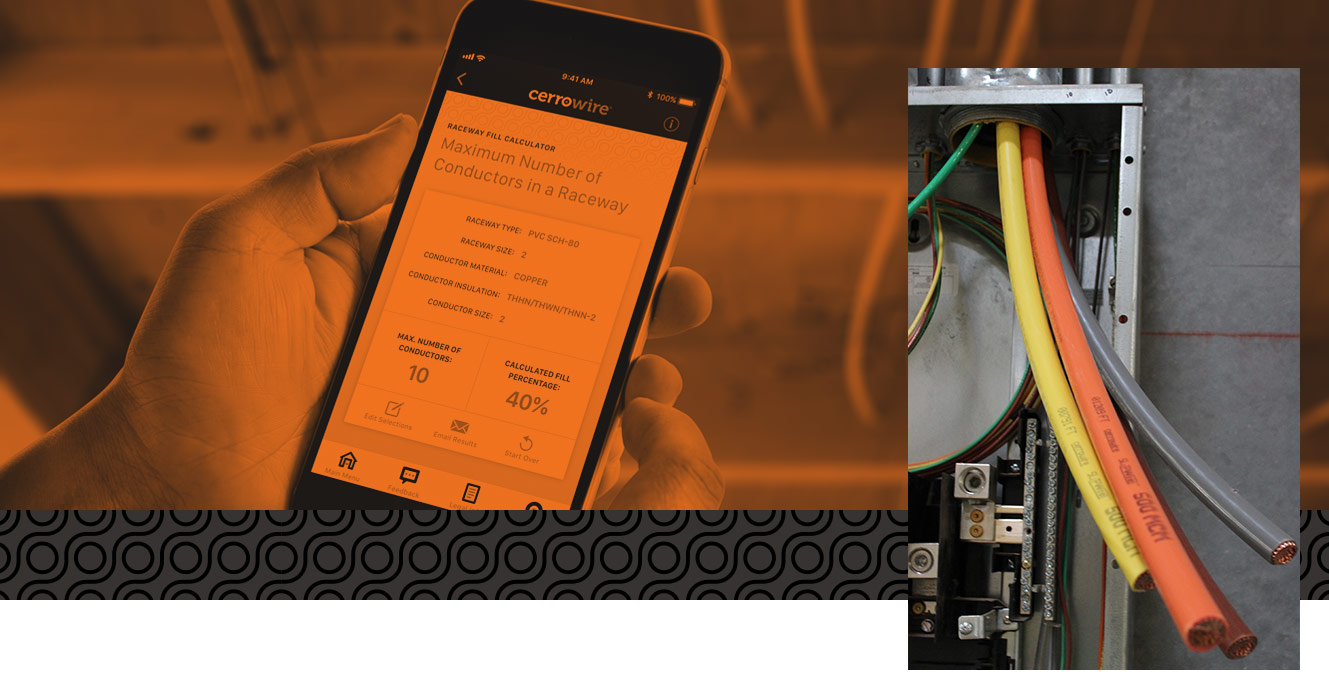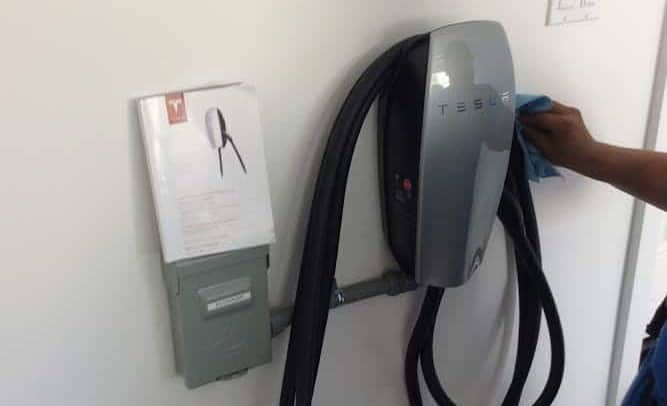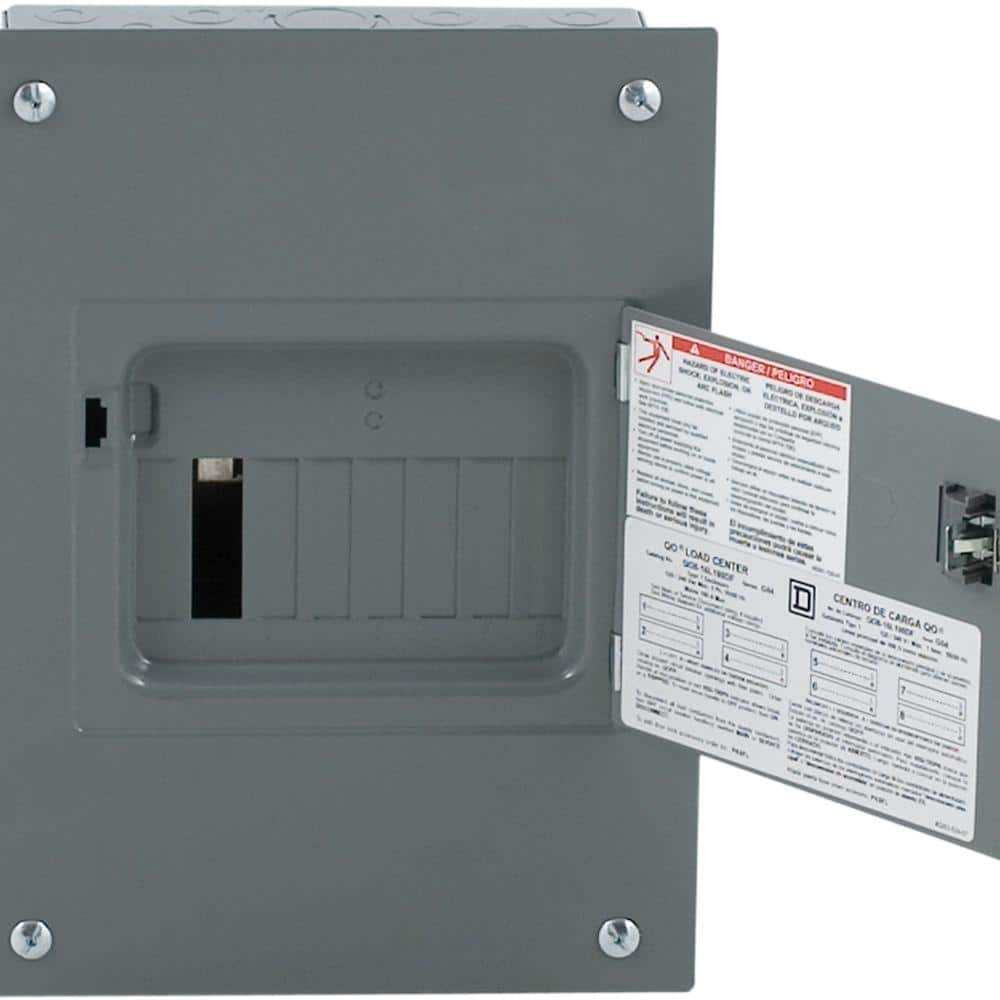New house is being built. They only had one option for an EV pre-wire. It's 100 amp service to a 4 gang box.
I'm planning to install a wall connector as soon as the house is done and I move in. My builder doesn't want to install anything user supplied, I guess they're worried about liability and probably quality/timeline issues. At my meeting on site today they weren't able to provide me with an answer on what wire gauge the 100 amp service would have. I asked to be included in the walkthrough they have with the electrician (next Tue or Thur I think) so hopefully I can ask direct questions to them... but I wanted to get some advice from some people here that have installed them (or maybe are electrical workers!) so I can be as prepared as possible.
What if any problems does anyone foresee? Ideally I would like this all in the wall (since it's brand new construction) and just install the wall connector over the top of the gang box.
Edit: The terminus point for the EV wall connector is about 15 to 20 feet away from my panel and maybe 40 feet from the point where the service enters the house from the utility.
I'm planning to install a wall connector as soon as the house is done and I move in. My builder doesn't want to install anything user supplied, I guess they're worried about liability and probably quality/timeline issues. At my meeting on site today they weren't able to provide me with an answer on what wire gauge the 100 amp service would have. I asked to be included in the walkthrough they have with the electrician (next Tue or Thur I think) so hopefully I can ask direct questions to them... but I wanted to get some advice from some people here that have installed them (or maybe are electrical workers!) so I can be as prepared as possible.
What if any problems does anyone foresee? Ideally I would like this all in the wall (since it's brand new construction) and just install the wall connector over the top of the gang box.
Edit: The terminus point for the EV wall connector is about 15 to 20 feet away from my panel and maybe 40 feet from the point where the service enters the house from the utility.





